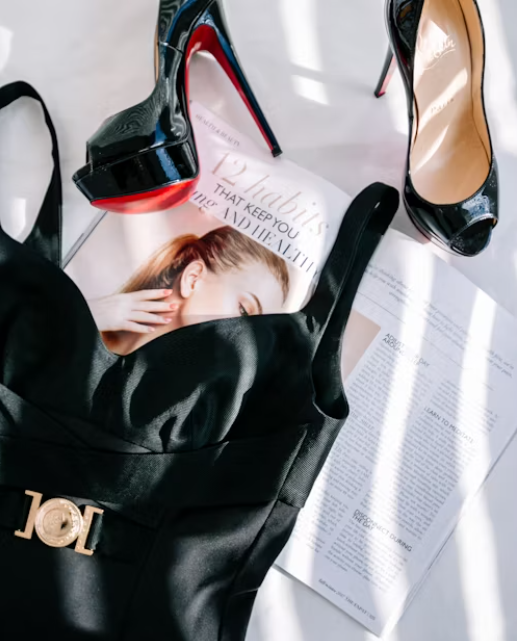What makes couture so special? Beyond the exquisite fabrics and meticulous craftsmanship, the magic lies in the silhouette—a carefully sculpted form that transforms fabric into wearable art. In the world of high fashion, silhouettes dictate the essence of a design, embodying history, innovation, and elegance. Let’s dive into the architectural mastery behind couture silhouettes.
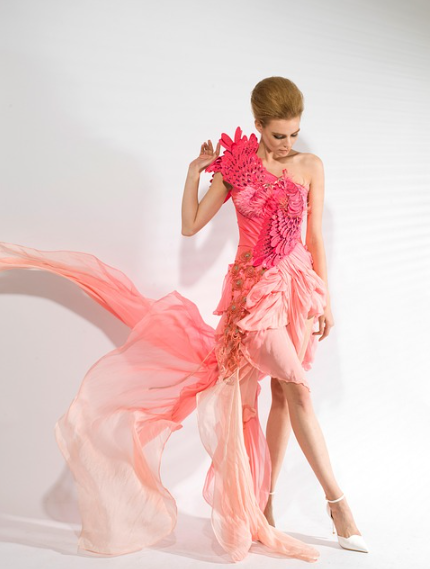
The Art of Couture Silhouettes
The Importance of Shape in Fashion
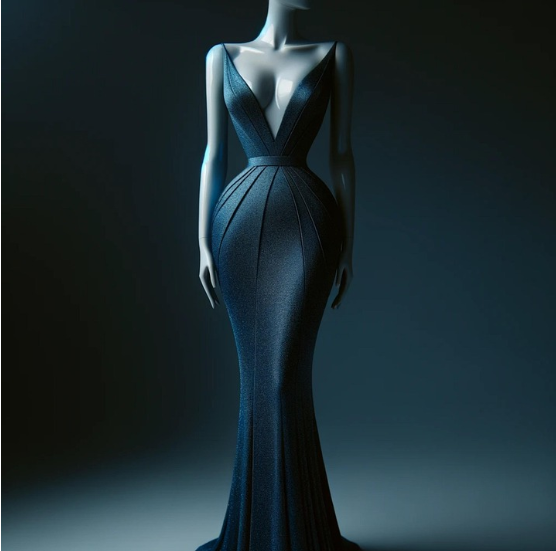
Silhouettes define the way we perceive fashion. They create visual harmony, evoke emotions, and reflect cultural shifts. A well-crafted silhouette can make a statement before a single detail is noticed.
The Role of Fabric and Structure
Fabric choice is paramount in silhouette construction. While stiff fabrics like taffeta create structured forms, flowing materials like chiffon lend themselves to ethereal draping. Designers manipulate these elements to shape the final look.
Historical Evolution of Couture Silhouettes
The Victorian Era and Its Impact
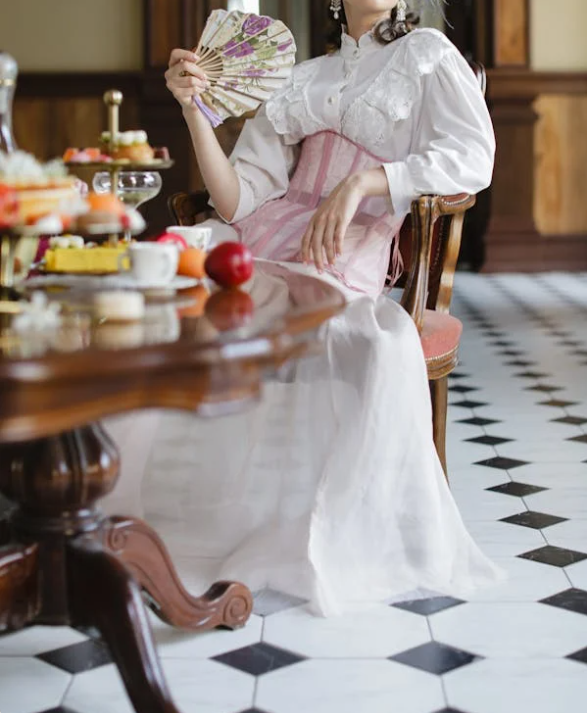
Think corsets and crinolines—Victorian fashion was all about exaggerated curves. Women’s waists were cinched, and skirts were voluminous, emphasizing a hyper-feminine aesthetic.
The Roaring Twenties Revolution
Enter the flapper dress. With a relaxed, straight silhouette, this era rejected the constraints of corsetry, embracing movement and freedom.
The New Look by Dior
Dior’s 1947 “New Look” redefined femininity with a nipped-in waist and voluminous skirt. This hourglass silhouette became a hallmark of mid-century elegance.
Contemporary Trends in Silhouettes
Modern couture blends past influences with innovation. From oversized shapes to deconstructed tailoring, today’s silhouettes push boundaries while maintaining elegance.
Key Elements in Couture Silhouette Creation
Draping and Tailoring Techniques
Draping fabric directly on a dress form allows designers to sculpt organic shapes, while precise tailoring ensures structure and fit.
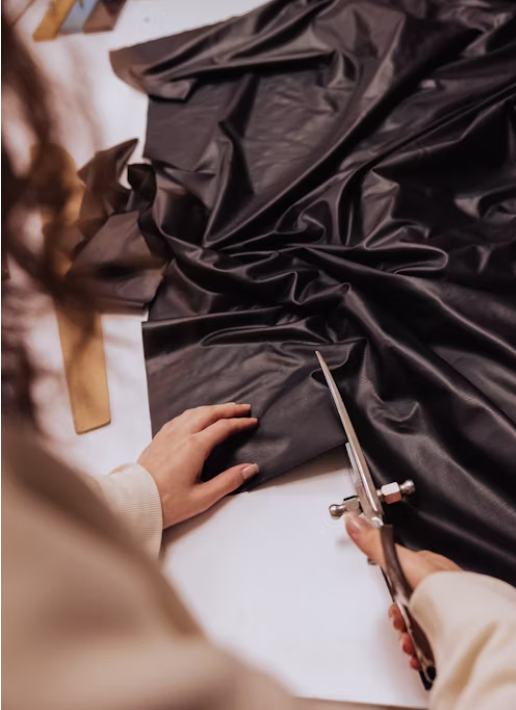
The Role of Pattern-Making
Pattern-making is the blueprint of couture. Each cut and seam is meticulously planned to achieve the desired silhouette.
Handcrafted vs. Machine-Made Elements
Hand-stitching adds uniqueness to couture, while technology enhances precision. The fusion of both results in modern couture masterpieces.
Influential Designers and Their Signature Silhouettes
Christian Dior’s Hourglass Silhouette
Dior’s post-war revolution emphasized small waists and voluminous skirts, celebrating femininity in a bold new way.
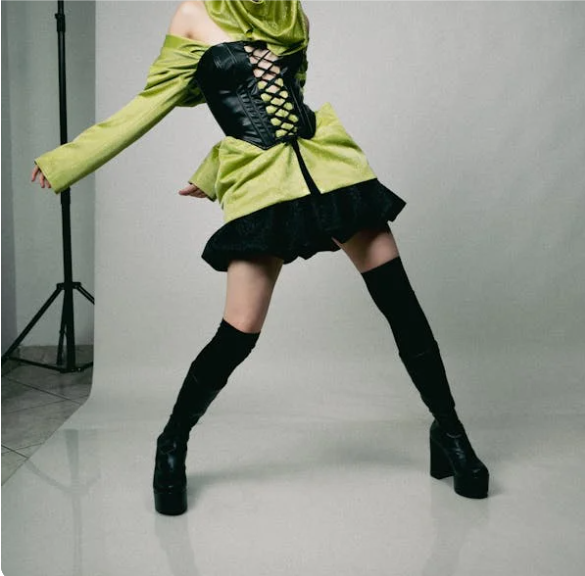
Alexander McQueen’s Avant-Garde Forms
McQueen defied norms with exaggerated proportions, sharp tailoring, and unexpected structures that challenged fashion’s limits.
Valentino’s Ethereal Draping
Valentino mastered the art of soft, flowing silhouettes that exude romance and grace.
The Future of Couture Silhouettes
3D Printing and Technology in Couture
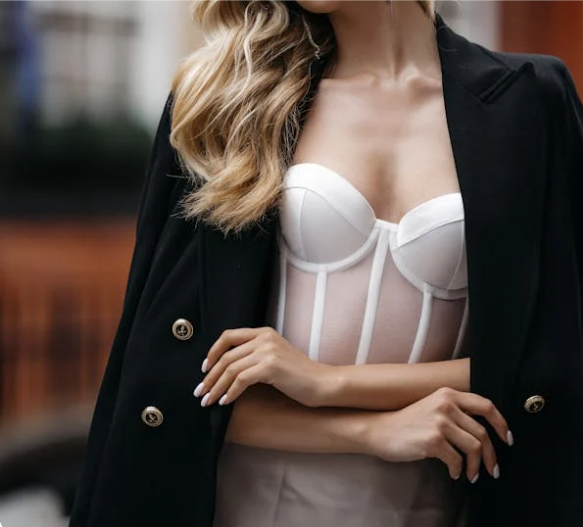
The integration of technology, from 3D printing to AI-driven designs, is revolutionizing silhouette creation, offering unprecedented precision.
Sustainable Couture and Ethical Design
Designers are now prioritizing eco-friendly materials and ethical production methods, ensuring beauty without compromise.
Couture silhouettes are more than just fashion—they are architectural marvels that tell stories, shape perceptions, and stand the test of time. As technology and sustainability reshape the industry, one thing remains constant: the pursuit of elegance through form.

